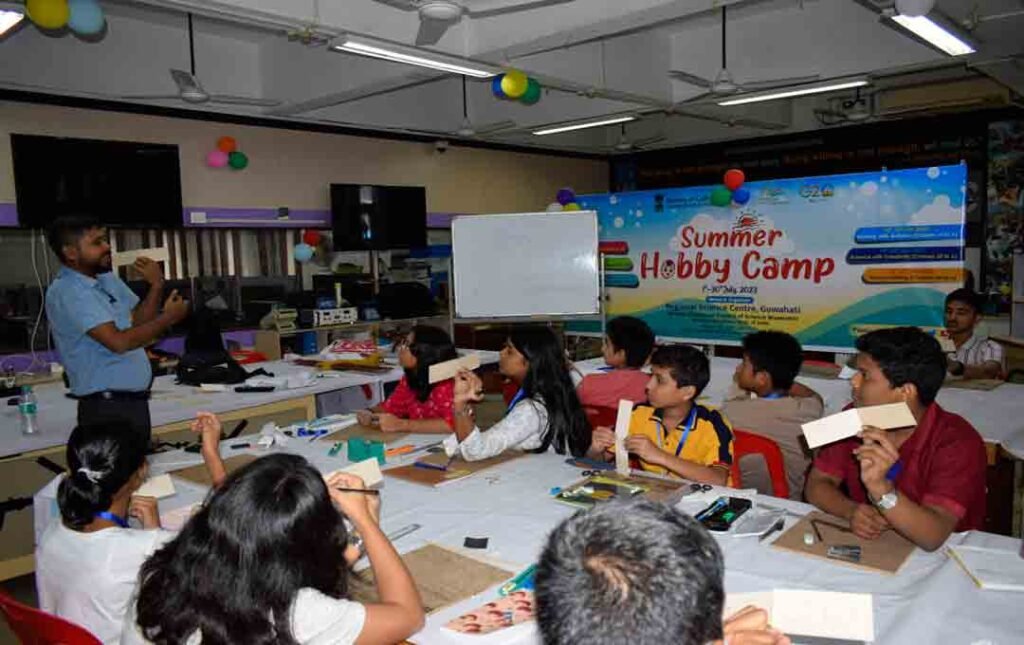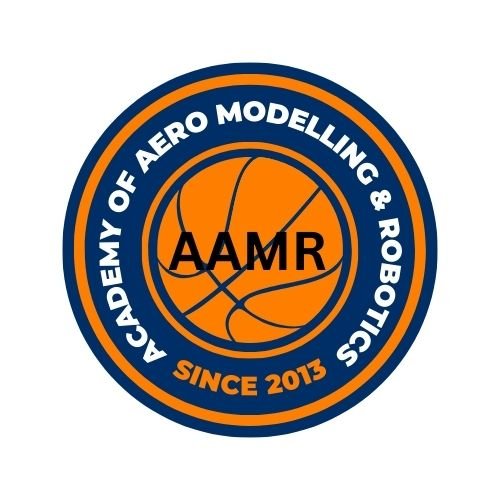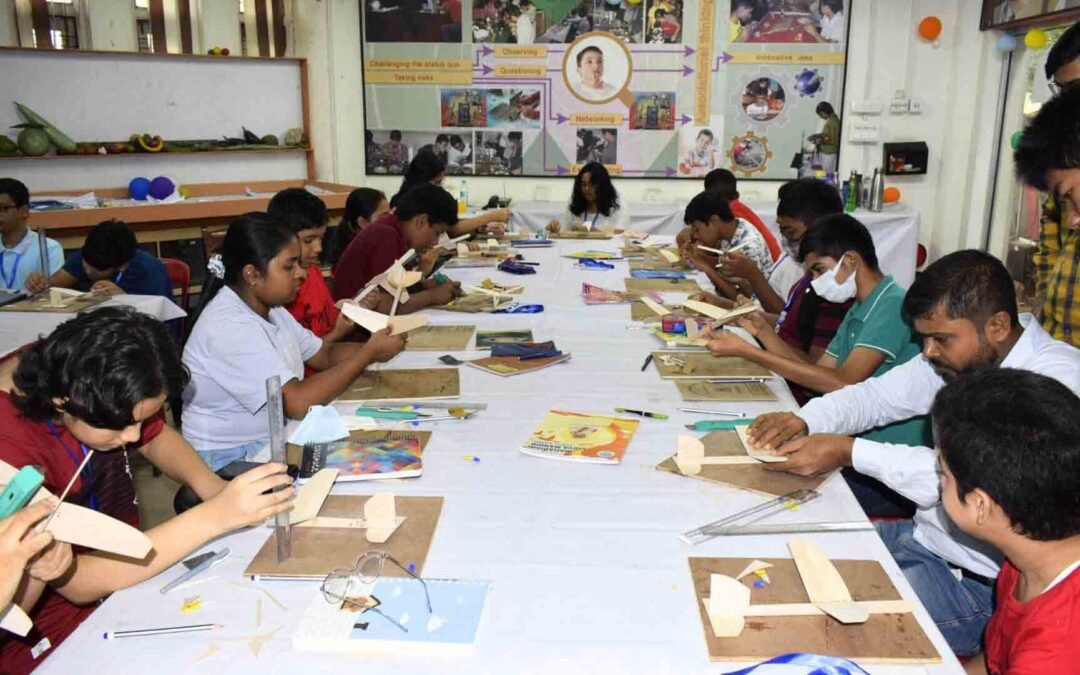Aeromodelling is a fascinating hobby and educational pursuit that involves designing, building, and flying miniature aircraft models. It combines engineering, physics, creativity, and precision, making it an ideal activity for students interested in aviation, science, and hands-on learning. Joining an aeromodelling club or engaging in aeromodelling workshops can offer numerous benefits to students, both academically and personally.

Introduction to Aeromodelling:
Aeromodelling is the art and science of creating scaled-down aircraft models that mimic real planes. It’s a captivating blend of engineering and creativity, allowing students to delve into the world of aviation in a hands-on manner.
Benefits of Students Engaging in Aero Modelling:
- Academic Enrichment: Aeromodelling enhances students’ understanding of physics, aerodynamics, and engineering principles. Applying theoretical knowledge to practical model construction improves comprehension and retention.
- Practical Application of Science Concepts: Students learn by doing as they experiment with design modifications, observe flight behaviors, and make adjustments. This application of scientific concepts fosters deeper learning.
- Developing Problem-Solving Skills: Encountering challenges during design and flight requires critical thinking. Troubleshooting flight issues promotes analytical problem-solving, a skill valuable in various academic and real-life scenarios.
- Fostering Creativity and Innovation: Designing unique aircraft models encourages creative thinking. Students explore innovative ideas, experimenting with designs that push the boundaries of aerodynamics and aesthetics.
- Teamwork and Collaboration: Aeromodelling often involves group projects, promoting teamwork and collaborative skills. Sharing ideas, delegating tasks, and achieving common goals develop essential interpersonal abilities.
Joining an Aeromodelling Club: Step-by-Step Guide
1. Research and Find Local Clubs:
Look for aeromodelling clubs or workshops in your area. Online research, social media, and community centers can help you discover available options. You can check Here!
2. Attend Club Meetings and Workshops:
Participate in club gatherings and workshops to connect with fellow aviation enthusiasts. Learn about different aircraft models, building techniques, and flying tips.
3. Choose Your First Aeromodelling Project:
Select a beginner-friendly aircraft model for your first project. Consider factors like complexity, materials, and your personal interests.
4. Gather the Materials and Tools:
Collect materials such as balsa wood, adhesives, cutting tools, and paints. Having the right tools and supplies ensures a smooth building process.
5. Building Your Aircraft Model:
Follow the step-by-step instructions or plans provided with your chosen kit. Pay attention to details, measurements, and assembly techniques.
6. Understanding Flight Principles:
Learn basic aerodynamics and flight principles. Understand how wing design, weight distribution, and control surfaces affect flight performance.
7. Test Flights and Iterations:
Perform test flights in a suitable open area. Observe the model’s flight behavior and make necessary adjustments. Iterate and refine your design based on test results.
8. Showcasing Your Creations:
Display your completed aircraft model at club events, exhibitions, or school gatherings. Share your experience with others and inspire them to explore aeromodelling. Check Here!
Conclusion:
In conclusion, aeromodelling offers students an exciting journey into aviation, science, and creativity. By joining an aeromodelling club and following these steps, students can enrich their academic knowledge, develop practical skills, and experience the thrill of flight firsthand. So, why wait? Embark on your aeromodelling adventure today!

